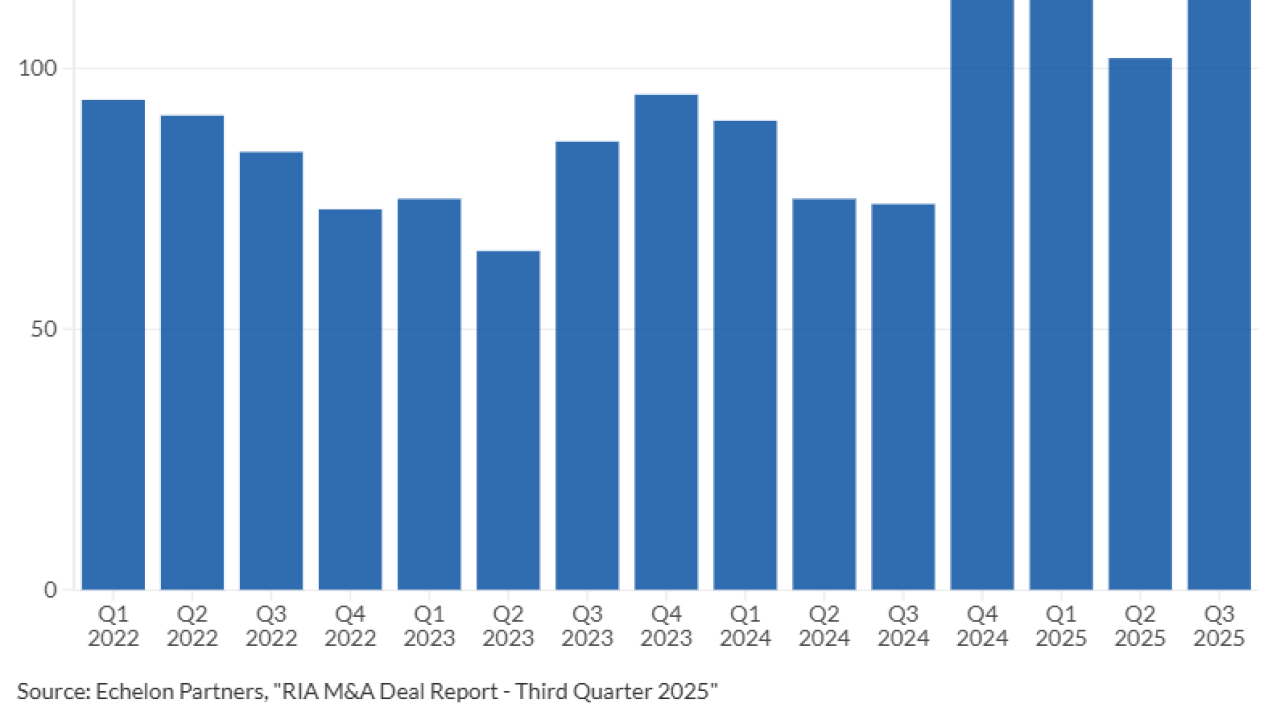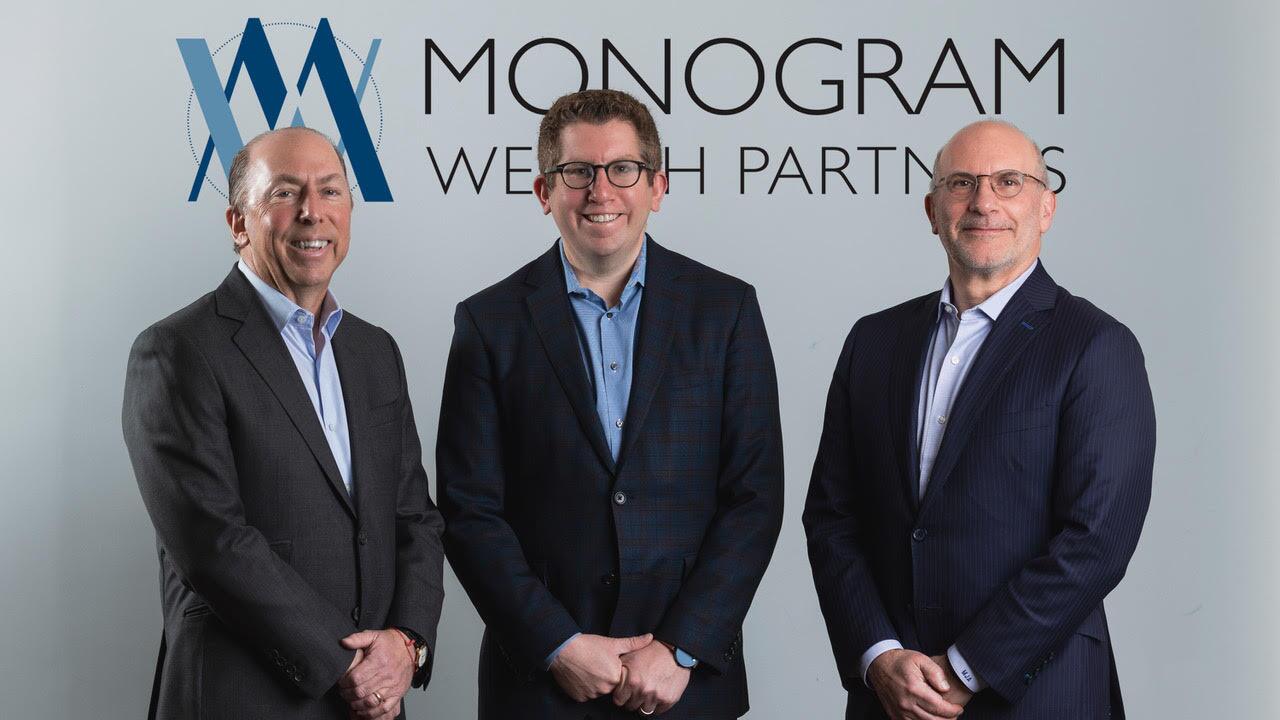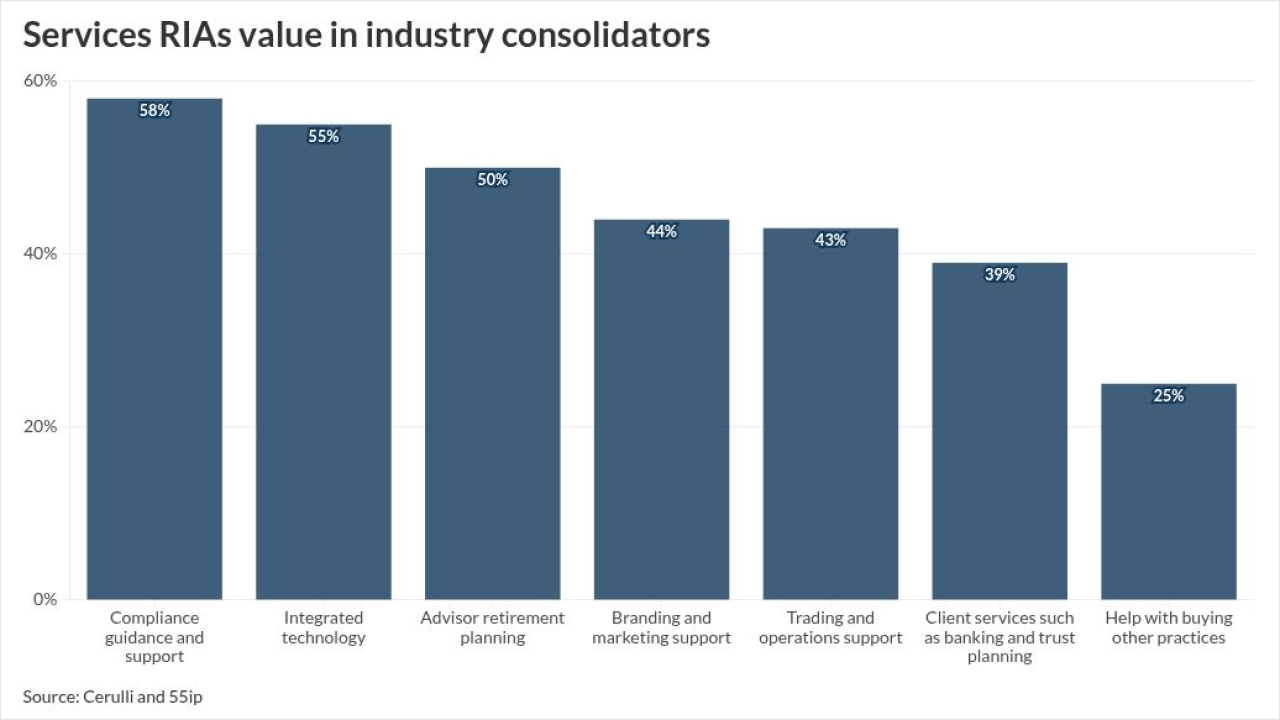Why pay for high-priced stock-pickers when so many cannot consistently beat the market? So goes the argument for investing via low-cost
If you're just rising from a long nap, index funds have become all the rage: Morningstar estimates that index-tracking vehicles (including

Yet a closer look at passive investing reveals a more complicated picture. Our take is that the indexing revolution has introduced potential hidden opportunity costs for investors — ones which, if taken to extremes, could lead to a longer-term breakdown of properly functioning equity markets.
Dow Jones created the first index back in 1884 and for nearly a century indexes were just, well, indexes — merely a way to measure the performance of the market. But all that changed in 1976 when
Since then, indexes have morphed from simple benchmarks into thousands of investible products. Bogle's breakthrough allowed investors to effectively buy entire swaths of the market and assemble well-diversified portfolios at tantalizingly low costs. It also allowed the index providers — including large, publicly traded companies such as S&P Global, FTSE Russell and MSCI — to generate significant revenue by licensing their benchmarks to asset management firms, which in turn created investment funds to track them.
However, selling low-cost, market-tracking funds requires significant operating scale as well as the ability to buy and sell lots of shares very efficiently. To profitably sell passive vehicles en masse, you need lots and lots of liquidity. Without such liquidity, sudden demand could distort stock prices and create unwanted tracking error for index fund managers.
That's why, as trillions of dollars have sloshed into passive vehicles, index providers have altered their methodologies to maximize liquidity and help fund managers build more scalable businesses. In doing so, the index providers are effectively making "active" decisions to please their primary customers, the index fund companies. In this sense, modern passive investing is more active than meets the eye.
Hidden opportunity costs
But these ongoing efforts by index providers, while enhancing liquidity, can also introduce two subtle opportunity costs for index-fund investors.
The first cost, free-float adjustment, stems from the number of shares — the "free float" — on which an index is based. In theory, investors seeking exposure to an entire market would simply buy an equal amount of all securities within it. Instead, bellwether U.S. equity indexes such as the S&P 500, the Russell 3000 and the Wilshire 5000 are often weighted in proportion to their market capitalizations (the number of shares multiplied by their current price). This makes good theoretical sense: Market cap-based indexes are inherently self-balancing and capture the relative value of different securities within a given market.
In practice, however, modern indexing works a bit differently. Rather than track an entire market, indexes often represent smaller investible universes defined by the free float, which can exclude shares held by certain strategic investor groups, such as company insiders and family trusts that may not trade as frequently.
Through free-float adjustments, index providers effectively make active risk/reward decisions that we believe can add up for index fund investors. A 2014 study by Norges Bank along with a more recent calculation by Piper Sandler made at our request show that these adjustments can reduce investor returns by 10 to 20 basis points a year. (Our recent report,
The second opportunity cost, index-inclusion criteria, comes from deciding which companies to include in an index. Enhancing liquidity by excluding certain companies effectively shrinks the investible universe and potentially leads to more concentrated portfolios that could lag the market an index was designed to track. For example, index providers generally exclude smaller-capitalization companies, which can offer a return premium over the long run for buy-and-hold investors. Based on our estimates, limiting inclusion within indexes could effectively reduce returns by another 10 to 20 basis points a year.
Another potential problem arises when index providers reshuffle their benchmarks. To help index fund managers minimize tracking error, S&P and FTSE Russell announce these changes between one and five days before they occur. This attracts arbitrageurs who look to buy the names being added (pushing up their price) and short the ones being dropped (driving them down). Such activity could, by some estimates, cost index fund investors yet another 10 basis points a year.
Potential long-term impacts
While some may argue that roughly 35 basis points is worth the convenience of passive investing, we believe there are deeper structural factors to consider as well:
Lack of diversification: Gradual overconcentration within market-cap-weighted indexes — see the recent rise of the so-called "magnificent seven" technology stocks — can skew investors' risk/return profiles, thwarting the very diversification index funds promise to deliver.
Read more:
Lack of stewardship: Passive investing via index funds has
Lack of long-term financial stability: When many participants strive to determine the worth of a security, price can maintain a dependable, if imperfect, relationship to value. Market-cap-based indexation, by contrast, is a robotic process that does not take into account the real-world prospects of the individual companies within an index.
Taken to an extreme, we believe indexation threatens to undermine the fundamental price-discovery mechanism that allows markets to function properly and maintain overall financial stability. As Bogle himself concluded during Berkshire Hathaway's 2017 annual shareholders meeting: "If everyone indexed, the only word you could use is chaos."
While passive investing is clearly here to stay, wealth managers and investors should actively educate themselves on the mechanics and potential ramifications of indexation. After all, it never hurts to study the fine print.






